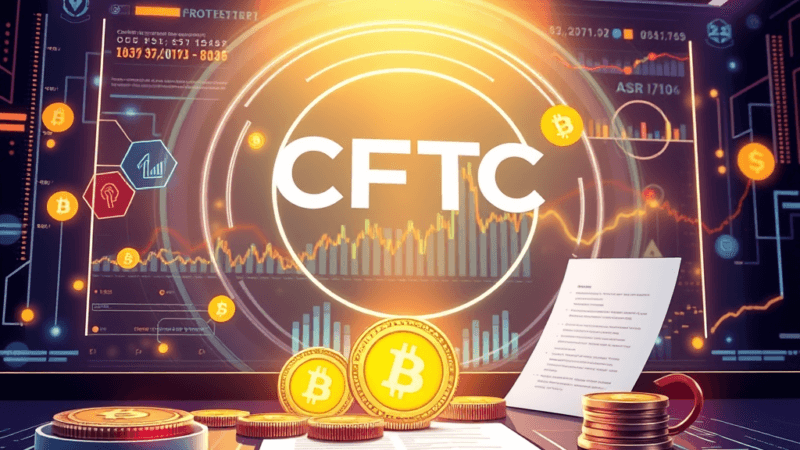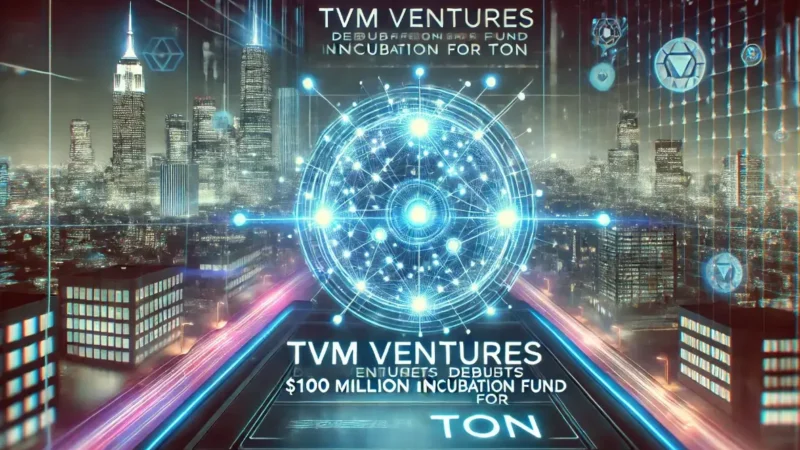VeChain Foundation kicks off voting for proposed network upgrade

The VeChain Foundation has launched voting on a major network upgrade. The upgrade to the VeChainThor blockchain, called SURFACE (Secure, Use-case-adaptive, Relatively Fork-free Approach to Chain Extension), will transform the network into Proof of Authority 2.0 (PoA 2.0). It is also expected to aid the mass adoption of blockchain technology.
In an announcement dated October 11, VeChain Foundation revealed that voting had commenced and would run until October 18. Community members have the option of voting for or against the upgrade. VeChain hopes to create a blockchain that ensures zero data loss and maximum throughput and scalability. This would mean high data security for high-volume case uses on the network. The upgraded consensus mechanism is said to be the world’s first-ever and is a combination of the strengths of the two top consensus types.
Part of the announcement reads;
This major upgrade to the network greatly enhances finality and data security by uniquely combining the two most common consensus types – the Nakamoto and Byzantine Fault Tolerance (BFT) consensus mechanisms – allowing the network to benefit from the strengths of each type whilst eliminating their weaknesses. POA2.0 is the world’s first example of such a combined consensus mechanism.
The PoA 2.0 consensus algorithm has three main features including a committee-based block producing process, passive finality confirmation process and Virtual Routing and Forwarding (VRF)-based source of randomness.
PoA 2.0 Phase 1 and ensuring unpredictability
If the community votes in favour of the upgrade, it will occur as proposed in VeChain Improvement Proposal 193 (VIP-193). Phase 1 of PoA will implement the first part of VIP-193, the VRF-based source of randomness.
According to VeChain, “this function balances the unpredictability and the unbiasedness of the block-proposing schedule, ensuring the highest level of data security. After implementation, it will be impossible to predict, and thus manipulate, block proposers way ahead in time, increasing the security of the VeChainThor blockchain.”
Testing for the VRF-based Source of Randomness was announced on July 21 and has been carried out on a public testnet. Implementation of the mainnet is dependent on the outcome of the vote. Those eligible for voting can do so using sync or the VeChainThor mobile wallet. Voting authority is divided amongst various stakeholders. Authority Masternodes have 40 per cent voting authority as Economic X Nodes and Economics Nodes account for a further 40 and 20 percent respectively.
Beyond VeChain PoA 2.0 Phase 1 and blockchain going mainstream
While the first part of phase 1 focuses on VRF-based Source of Randomness, the second part is about a Committee-based Block Producing Process. For the algorithm to be fully implemented, both VIP-193 and VIP-200 will have to be successfully integrated.
VeChain is of the view that PoA 2.0 will pave the way for large-scale blockchain adoption and will be the future of economic digitisation. The VRF-based Source of Randomness will improve data security and make manipulation impossible. The Committee-endorsed Block production will greatly reduce the likelihood of forking thereby decreasing confirmation delay and increasing throughput while the finality mechanism will ensure uncompromised consistency.



